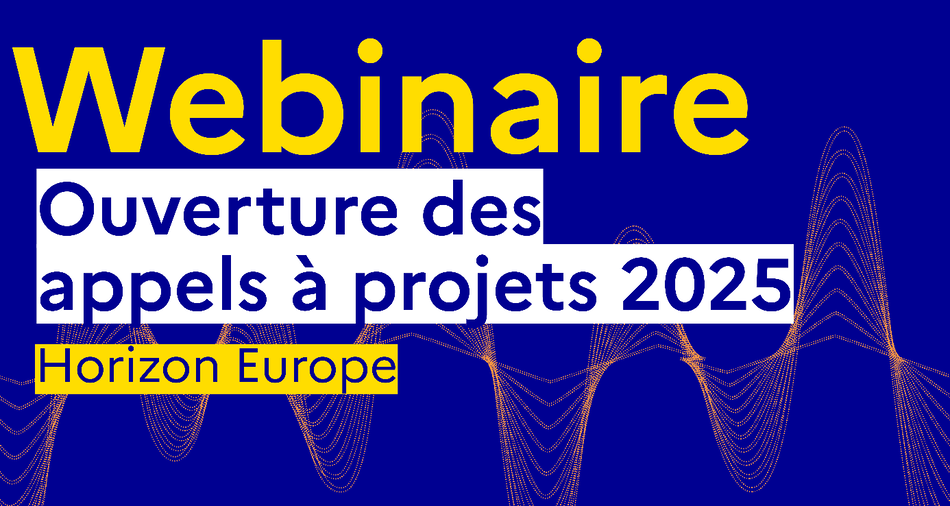Expected Impact:
In the medium term, the expected outcome is the commercial emergence of new class of green digital devices that radically improve or solve one or several of the issues mentioned (i.e., energy efficiency, using non-critical, non-toxic raw materials, ensuring circular approaches and/or a high degree of recyclability) while maintaining or even improving on performance and miniaturisation.
Projects are expected to contribute to at least one of the following impacts:
- novel information processing and storage devices and/or architectures based on new paradigms that exhibit a significant decrease in energy consumption while improving on speed/performance and miniaturisation.
- disruptive hardware components (e.g., memory technologies, logic devices, etc.) with significant progress towards the wafer-scale integration of computational building blocks and provide industry compatible solutions for memory, imaging, communication or computation technologies.
- novel designs of large-scale complete systems that include next generation information processing and storage devices with emphasis on compatibility, integration of different materials and technologies including complementary metal–oxide–semiconductor (CMOS).
Expected Outcome:
EIC Transition aims at maturing both your technology and business idea thus increasing its technology and market readiness. The expected outcomes of an EIC Transition project are a) a technology that is demonstrated to be effective for its intended application and b) a business model, its initial validation and a business plan for its development to market. It is also expected that the intellectual property generated by the EIC Transition project is formally protected in an adequate way.
For more details, see the WP 2022.
Objective:
Proposals submitted to this EIC Transition Challenge should focus on demonstrating novel digital devices and/or architectures that have a clear and quantifiable advantage with respect to one or several of the key issues mentioned above compared with existing alternatives for a class of relevant problems or applications.
Proposals should focus their work on harnessing a physical, chemical, or biological process not previously explored, or they should revisit existing devices while operating them in novel modes or regimes leading to a novel approach with quantifiable and demonstrable advantages.
Scope:
EIC Transition funds innovation activities that go beyond the experimental proof of principle in laboratory. It supports both the maturation and validation of a novel technology from the lab to the relevant application environments (by making use of prototyping, formulation, models, user testing or other validation tests) as well as explorations and development of a sustainable business case and business model towards commercialisation.





